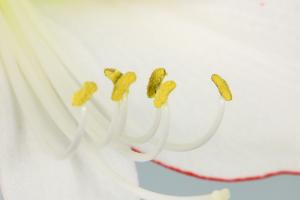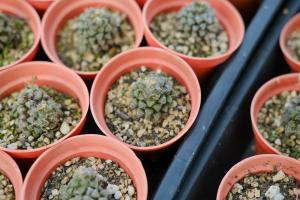What Organelle Stores Water Within a Plant Cell
Plant cells are unique in that they contain a variety of organelles responsible for various functions, including photosynthesis, energy production, and storage. One organelle in particular, the vacuole, is responsible for storing water within a plant cell.
The Vacuole
The vacuole is a fluid-filled organelle found in plant cells. It is surrounded by a membrane called the tonoplast, which separates the contents of the vacuole from the cytoplasm within the cell. The vacuole can occupy up to 90% of the cell's volume, making it the largest organelle within plant cells.
The vacuole has a number of functions within a plant cell, but its primary role is to store water. This is important for maintaining the structure of the cell, as well as for regulating the water balance within the plant. When a plant is well-hydrated, the vacuole expands, pushing the cytoplasm and other organelles towards the cell wall. This helps to maintain the turgor pressure within the cell and keeps the plant upright.
Other Functions of the Vacuole
In addition to storing water, the vacuole has other important functions within a plant cell. For example, it can store waste products, such as toxins and metabolic byproducts. By sequestering these compounds within the vacuole, the plant can protect itself from damage and ensure that these harmful substances do not interfere with other cellular processes.
The vacuole can also play a role in plant defense. Some plants produce toxic compounds that are stored within the vacuole. When an herbivore eats the plant, the vacuole is ruptured and the toxic compounds are released, which can deter or even kill the herbivore. Similarly, the vacuole can store pigments that give plants their characteristic color, such as anthocyanins.
Vacuole Formation
The vacuole is formed through a process known as vacuole biogenesis. This involves the fusion of a number of smaller vesicles, organelles that are involved in the transport of molecules within the cell. As more and more vesicles fuse together, the vacuole expands until it occupies a large portion of the cell's volume. Once the vacuole is fully formed, it can be used to store a variety of substances, including water, waste products, and pigments.
Conclusion
The vacuole is a complex organelle with a variety of roles within a plant cell. Its primary function is to store water, which is essential for maintaining the structure and function of the cell. In addition, the vacuole can store waste products, pigments, and toxic compounds, and plays a role in plant defense. Through vacuole biogenesis, the plant is able to form this important organelle and use it in a variety of ways to support its survival and growth.

 how many times do yo...
how many times do yo... how many planted tre...
how many planted tre... how many pine trees ...
how many pine trees ... how many pecan trees...
how many pecan trees... how many plants comp...
how many plants comp... how many plants can ...
how many plants can ... how many plants and ...
how many plants and ... how many pepper plan...
how many pepper plan...































